This week, as “Vintage Eye” returns from a brief summer hiatus, we’re going to delve into a market segment seldom explored in this series — the haute horlogerie microbrand scene — with Atelier de Chronométrie. This Barcelona-based manufacturer isn’t one frequently making headlines — a natural result of its filling a very narrow niche — but it is nonetheless producing some fascinating work in the luxury sector, and thus carving a name for itself, one handmade piece at time.
Atelier de Chronométrie, often referred to by its initials AdC, was founded in 2015, and has from the beginning specialized in hand-crafted, vintage-inspired models, each individually developed for the collector. Part of the watches’ appeal lies in their manufacturing: the brand uses primarily manually powered hand tools, eschewing some of the modern mechanized processes such as CNC (computer numerical control) machining, which is used to standardize specific metal work in production. This manufacturing philosophy means many hours of work put into every piece — much more than those of similarly positioned watches produced using more contemporary methods — with the ultimately result being beautiful, exclusive one-off pieces.
Each new watch is typically inspired by one of eight base designs (the AdC #1 through #7, plus an additional AdC #88), all of which take their own inspiration from the famous historical-formal watches from the 1930s and ‘40s. This week we’ll be taking a look at a few of these base designs, and identifying a few of the key vintage influences that have brought the old-fashioned Spanish manufacturer so much praise.
The brand’s launching piece was the AdC #1, a white-gold, 37.5-mm model that set the tone for the brand with its understated neo-vintage Calatrava style. The elegant watch — with its elongated lugs, gold crown, gold beads-of-rice bracelet, and coin-edged three-part case — is instantly identifiable by its outline with vintage Patek Philippe designs. On the two-tone dial, available with either off-white, metallic, or black accents, features an outer railroad-style minute track with larger sectors inside of it to identify the hours. It then uses prominent blue steel leaf hands for the hour and minute, with a subtle pointer to identify the seconds on the engine-turned subdial.
The next piece we’ll look at is one AdC’s biggest success stories thus far, its #5 model. In overall form, the watch is very similar to the #1, but is clearly differentiated by its flat bezel, two-toned sectored dial (opting away from the railroad-style minute track), and its prominent, applied gold Breguet numerals.
The last model we’ll look at is the recently launched AdC #7, which in many ways feels like an updated iteration of the original #1, but differentiates itself with further expert precision in production— a result of a few years of practice, undoubtedly— and more modern styling, like in the two-tone seconds subdial complementing the larger two-tone dial. This model also opts for a flat bezel, and is typically presented on a textured leather strap with an 18k gray gold buckle.
Each of the brand’s watches uses a manually wound, highly altered Omega Caliber 266, a relatively common and reliable vintage movement, with 17 jewels and a 38-hour power reserve, based on the highly respected Omega 30T2, but made special by AdC replacing 21 components with its own hand-produced, hand-finished parts. The movement is visible through a sapphire caseback, and can be finished in a number of ways depending on the collector’s taste— including in a frosted style with rhodium or gold plating, and with options for côtes de Gèneve, anglage, perlage, and black polishing. Along with the individualized hand-production and finishing of the movements, each one is chronometer-certified by l’Observatoire de Besançon, not deviating in its timekeeping precision by more than -4/+6 seconds/day.
On each of the models can be found clear references to historical pre-war designs, most notably to 1930s Patek Phillipe Calatrava watches, which at the time were part of a loose collection of formal watches characterized by many of the traits we see in today’s AdCs: gold cases, blued steel leaf hands, sectored dials, understated elegance, and beautiful movements. The similarities are also on display in the quality of the manufacturing; AdC prides itself on its old-fashioned method of watchmaking, a process not all that different from the methods of the pre-computer 1930s and ‘40s.
AdC’s watches are not for everyone, and clearly belong in the haute horology segment of the market. The hand-production and finishing of each individual part, while an exercise in incredible craftsmanship in the modern era, is certainly reflected in the prices, which start around 40,000 euros (approximately $45,000). Further, while this practice produces special and beautiful pieces, it certainly doesn’t lend a great benefit to movement accuracy, with the brand writing “Each movement is reinvented each time for each customer, changing technically and aesthetically,” which one can only imagine adds a great of difficulty in servicing, as well. Ultimately, Atelier de Chronométrie watches are an exercise in incredible craftsmanship and restraint, offering the few collectors who exist in this market a rare and personalized neo-vintage watch unlike any other.
For the most recent article in the “Vintage Eye” series, in which we take a look at the Laco Navy Cuxhaven and Bremerhaven and compare them to their historical forebears, click here.
Caleb Anderson is a freelance writer with a primary focus on vintage watches. Since first discovering horology, he has garnered extensive knowledge in the field and spends much of his time sharing his opinions among other writers, collectors, and dealers. Currently located near New York City, he is a persistent student in all things historical, a writer on many topics, and a casual runner

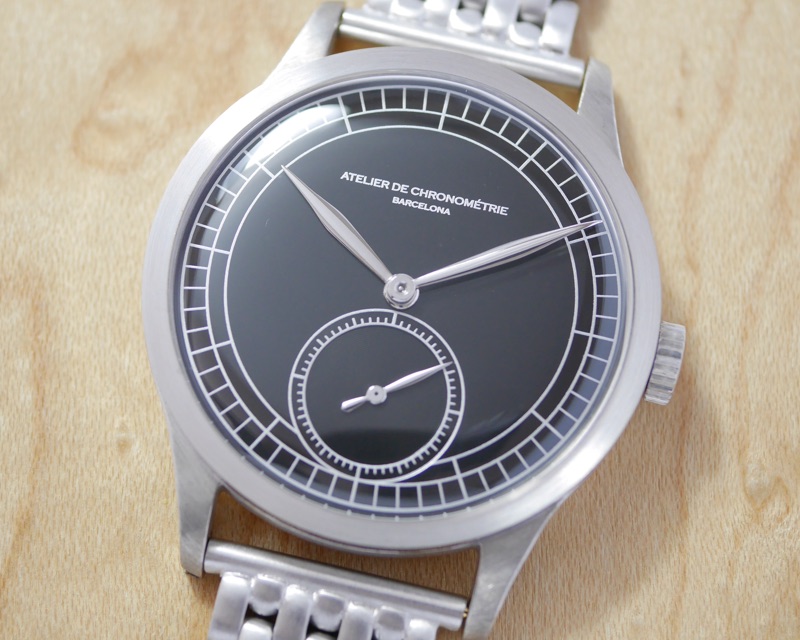
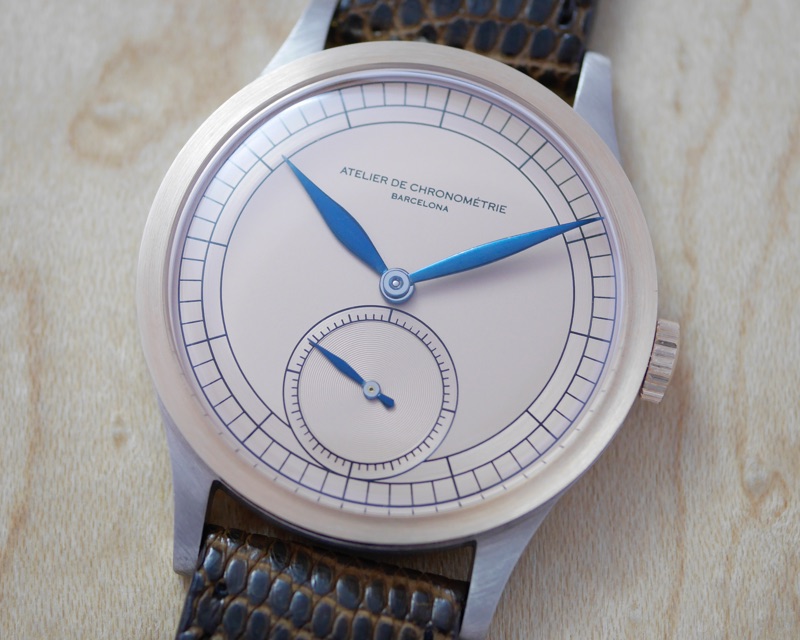


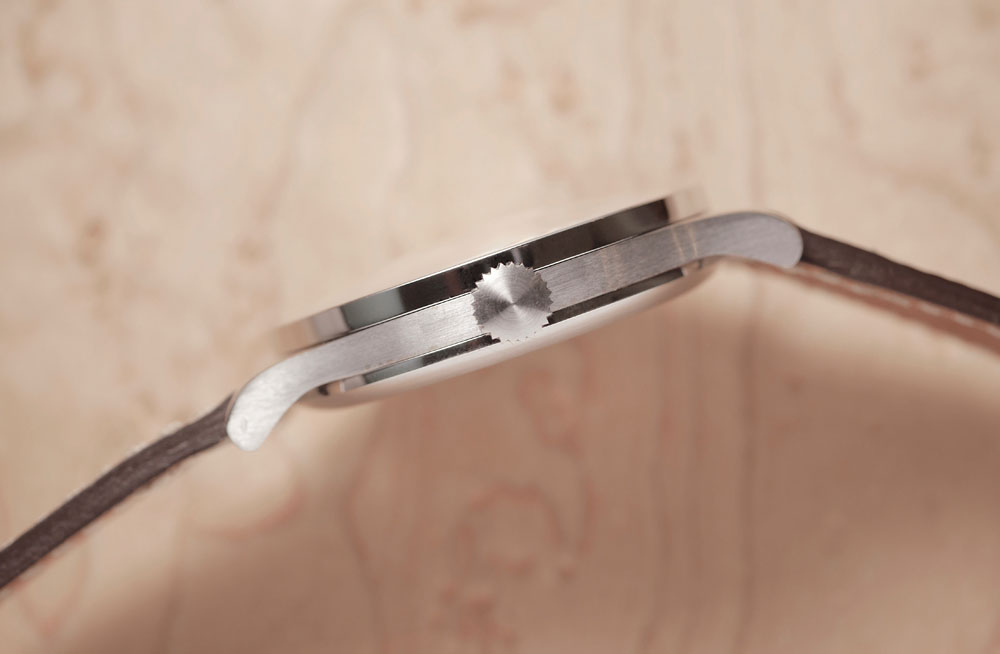
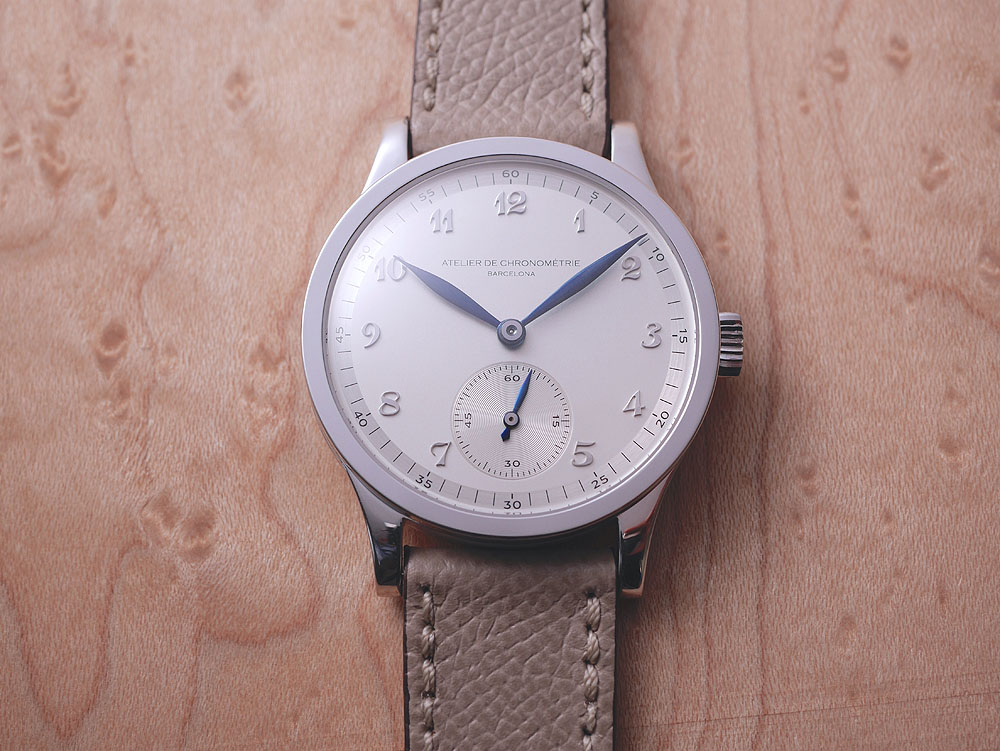

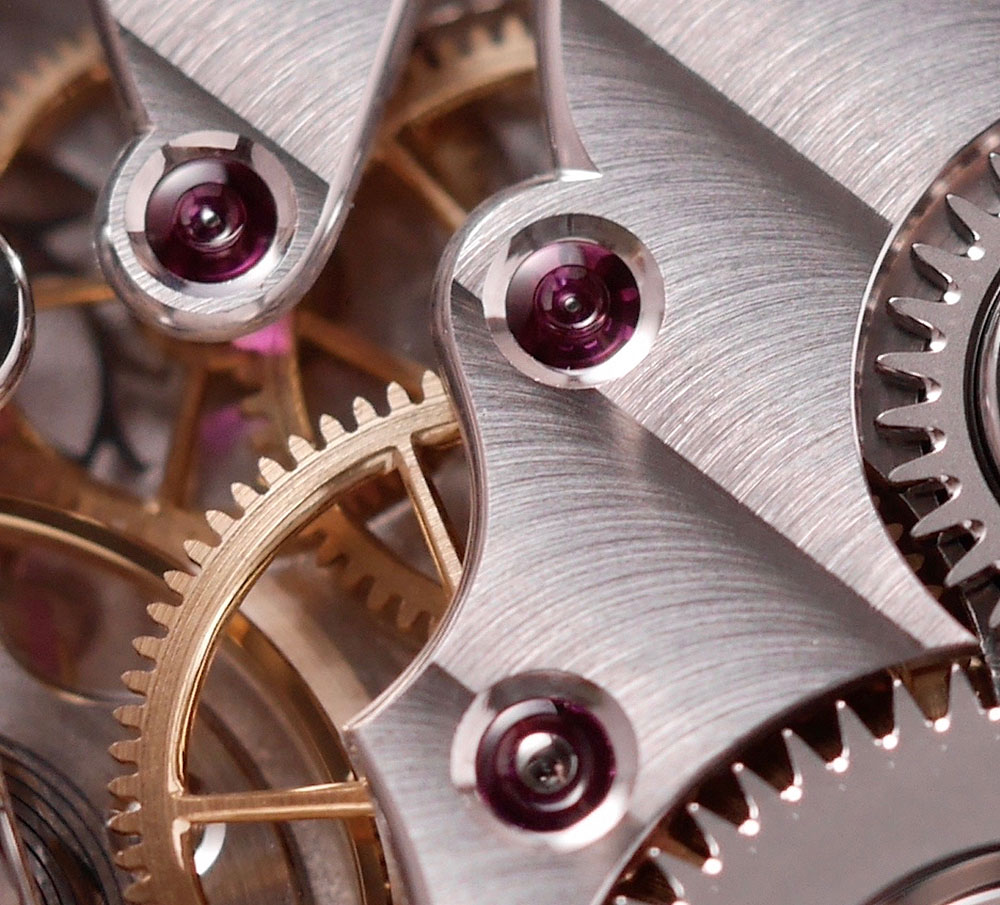
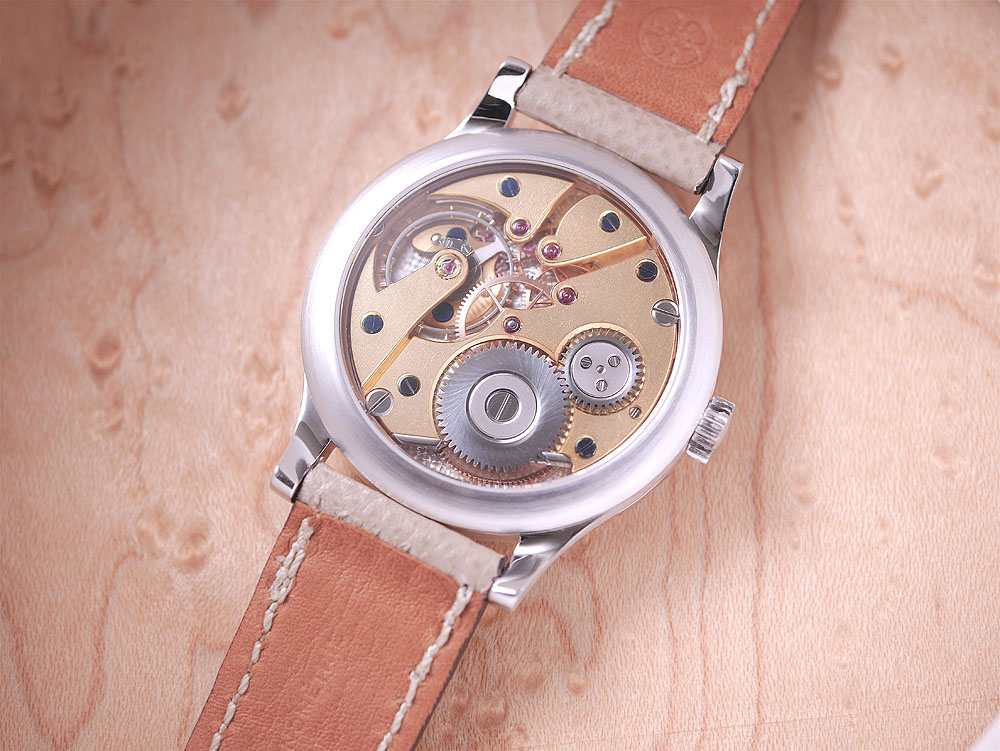
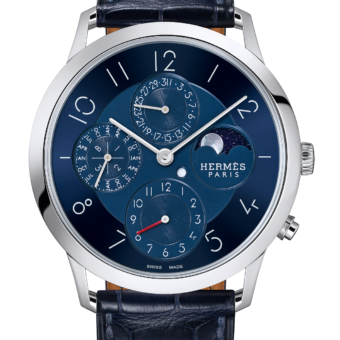

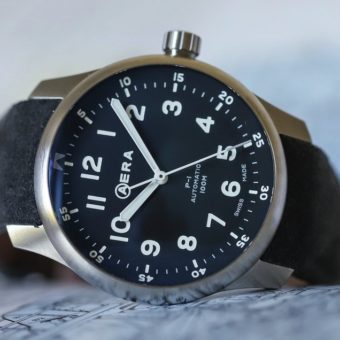
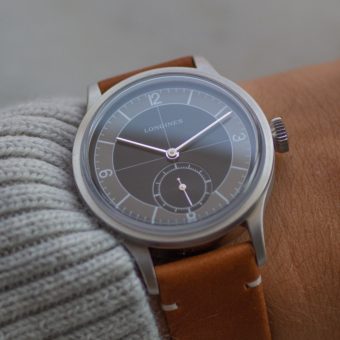

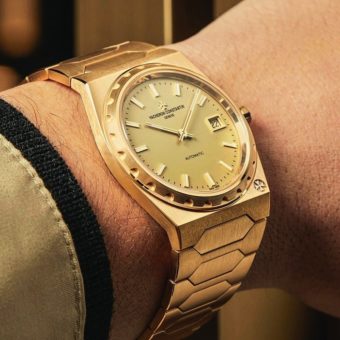
Beautiful
Almost perfect!